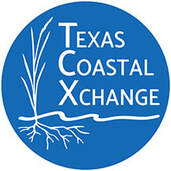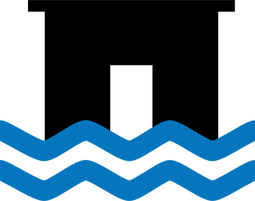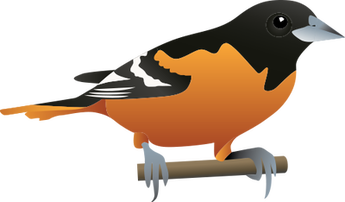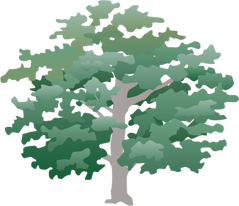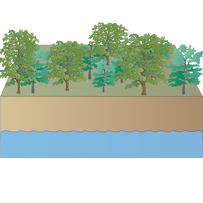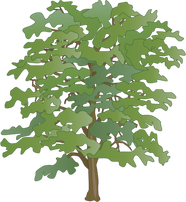Despite decades of timber harvest and development, the bottomland hardwood forests of the riverine systems of Texas make up the largest remnant expanse of forest on the Gulf Coast. However, this ecosystem and the benefits that it provides to us all is under threat by fragmentation from development due to urban expansion.
Flood ControlBottomland hardwood forest ecosystems are able to absorb and slowly release floodwaters. This protects the surrounding and downstream communities from devastating floods.
|
Wildlife HabitatThese ecosystems provide vital stopover sites for migrating neotropical songbirds. Learn more about this Audubon Important Bird Area here. The bottomland forests are also home to many other types of animals including deer, owls, frogs, snakes, and more.
|
Water Quality ImprovementBottomland hardwood forests improve water quality by filtering out pollutants and excess nutrients.
|
Groundwater RechargeBecause these ecosystems have high water infiltration rates they are able to replenish groundwater supplies after heavy rains and flood events.
|
Carbon StorageThe trees of bottomland hardwood ecosystems capture carbon dioxide from the atmosphere and store carbon in their leaves, stems, trunks, and roots, as well as in the soil.
|
Symbols for diagrams courtesy of the Integration and Application Network
